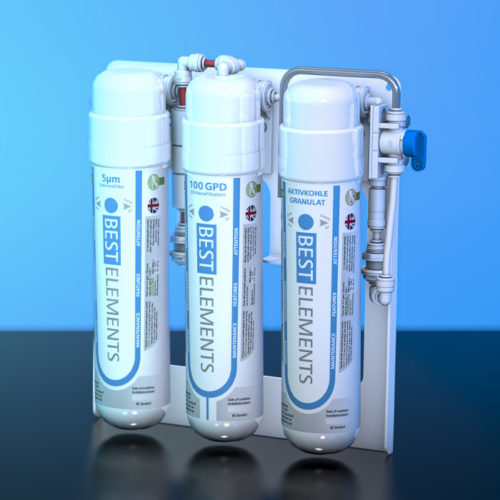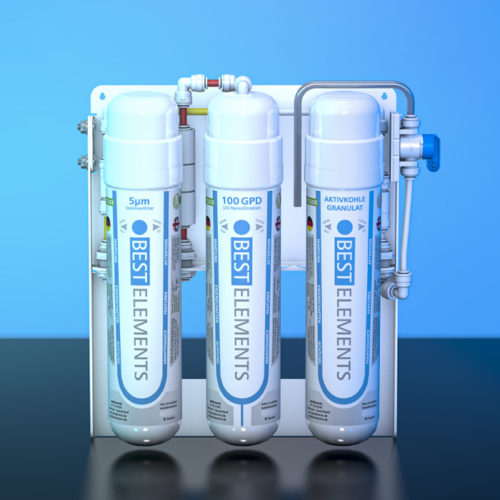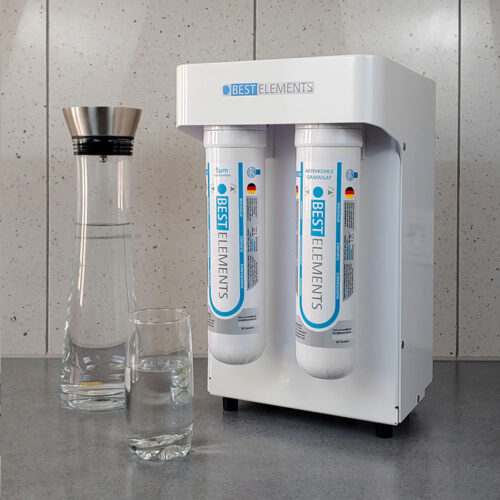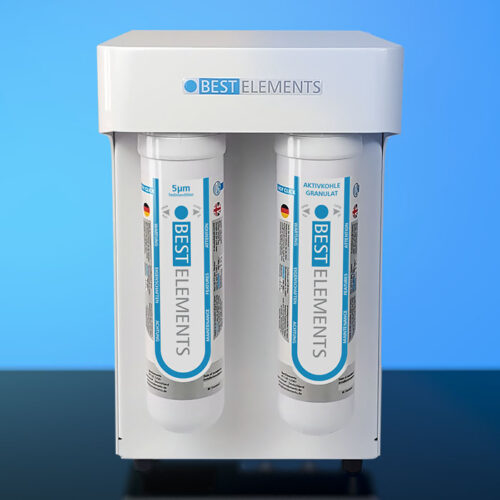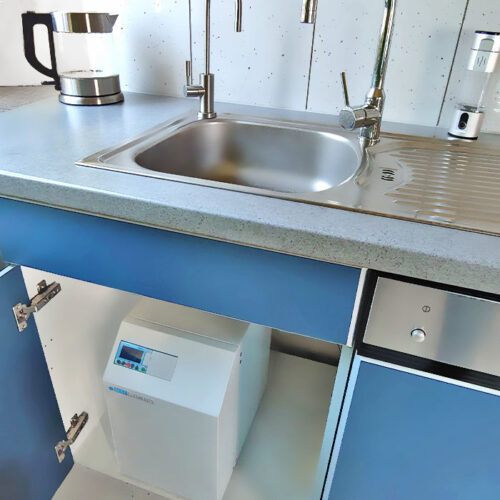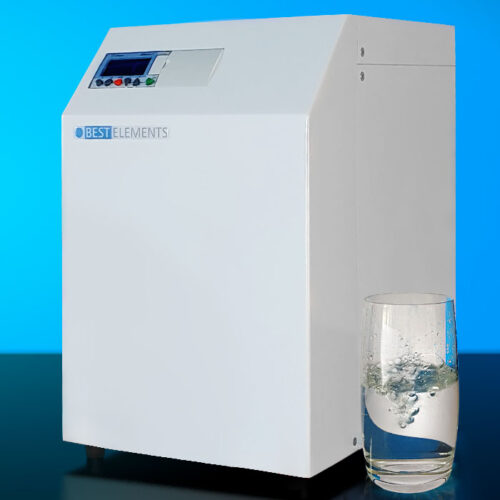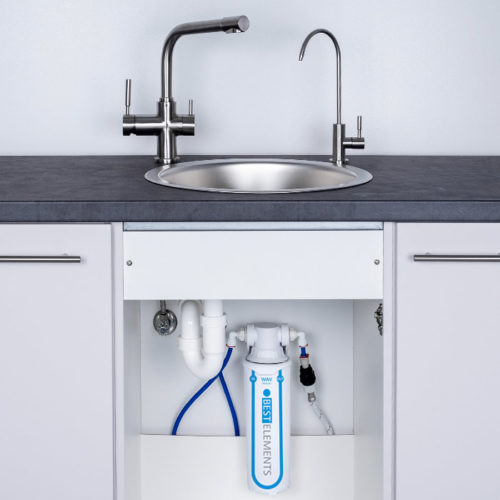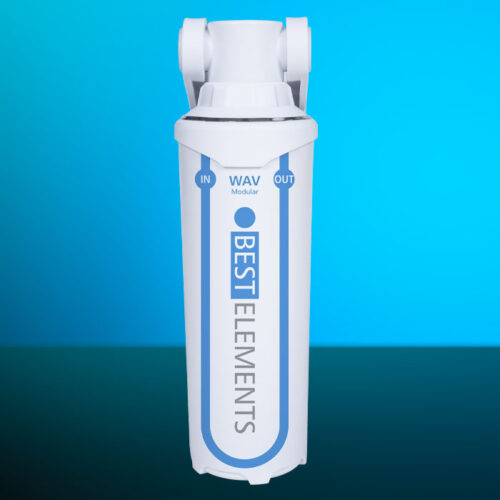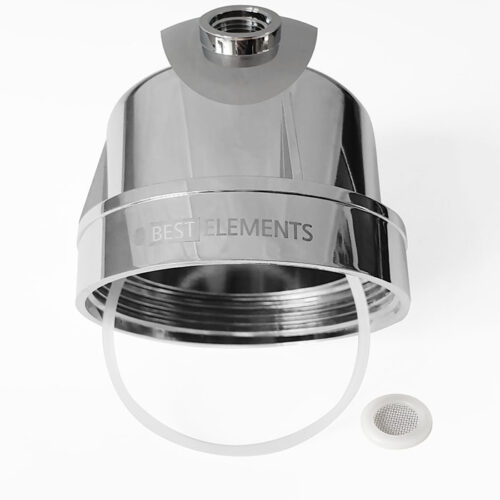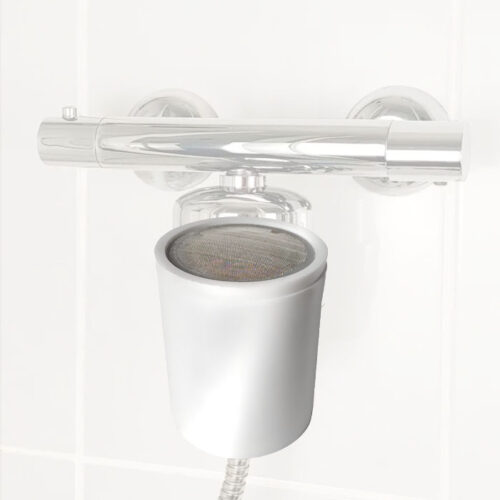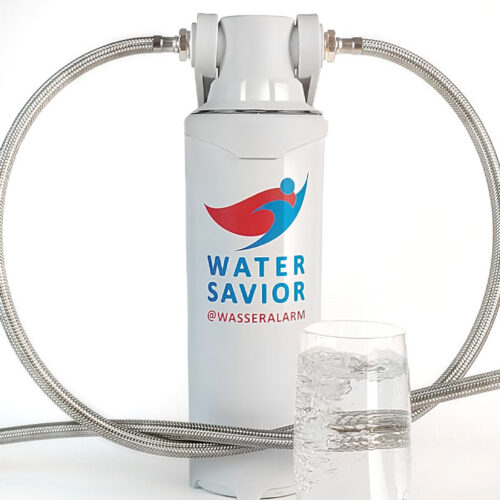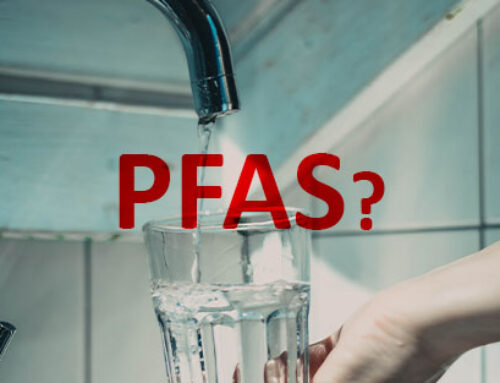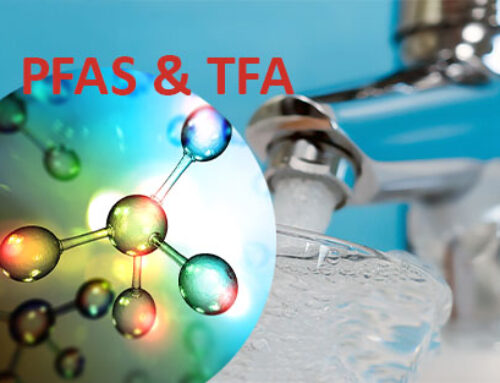Important reasons to use water filters at home in Germany
Reason for water filter: Drinking water taps tested positive for pollutants
Too much lead and nickel in drinking water
Water analyzes resulted in medium to poor pollutant ratings. Brand names and price of the models were not decisive, models of all price categories and brands were affected. The greatest concerns were caused by the lead and nickel content, some of which were above the limit values. Copper also dissolved to some extent. These substances are released into the drinking water at the relevant fittings. Values for arsenic, antimony and bismuth were at least below the limit values.
The Drinking Water Ordinance specifies limit values for some substances, but grants the fittings a “running-in phase” after installation. They only have to comply with the limit values after 16 weeks. During this time, a covering layer forms in the fittings, which can prevent metals such as lead from migrating into the drinking water.
Source bildderfrau.de Kitchen fittings in the test
Phosphate limit values may be exceeded
Due to delivery bottlenecks, sewage treatment plants lack the chemicals for clarification! Four German federal states are therefore taking drastic steps – they allow the phosphate limit values to be exceeded. Due to the energy crisis, the production of ‘precipitants’, essential for the chemical purification of water, has fallen by more than 50% in Europe; a quarter of German sewage treatment plants have reported supply interruptions.
In the long term, there could be higher phosphorus discharges into water bodies, with the substances reaching the sea via rivers. In the worst case, an explosive increase in the algae population caused by this can lead to oxygen-free zones in which life is no longer possible – in this context one speaks of “dead zones”.
Source Pleiticker.de Lack of chemicals in sewage treatment plants
Does contaminated drinking water make you depressed?
The environmental scandal surrounding the carcinogenic chemical PFT is ongoing and endangers millions of people. One of the worst environmental crises of 2006 in NRW continued to spread. Months after it was revealed that the Ruhr and its tributaries had been contaminated by the carcinogenic PFT, industrial chemicals are still finding their way into the drinking water of more than a million people in the Ruhr area.
In a study by the Rheinisch-Westfälisches Institut für Wasserforschung in Mülheim (IWW), the researchers found out how dangerous drugs can be in rivers like the Ruhr. They cannot be removed from drinking water using conventional methods. For example, one substance that the researchers claim poses an “increased environmental risk” is not sufficiently filtered out: the active ingredient sulfamethoxazole can cause skin eczema, liver damage and depression.
Source World on Sunday
Drinking water is a mix of polluted and unpolluted water
Exceeding limit values in drinking water: The data on the nitrate content in drinking water do not provide any conclusions about the quality of the groundwater, which has high nitrate concentrations in many regions of Germany due to the high use of nitrogenous fertilizers. In order to be able to comply with the limit values, the water suppliers dilute polluted groundwater with unpolluted water.
Source Federal Environment Agency
Nitrate in drinking water increases the risk of colon cancer
Already at concentrations below the defined limit value
Nitrate can be converted into carcinogenic substances in the body. Scientists found that people whose drinking water had high nitrate concentrations had a higher risk of colon cancer than people with less nitrate pollution in their drinking water. The nitrate values, which increased the risk of colon cancer, were well below the limit prescribed in Germany.
Source medwiss.de

